The first two SMR O gauge freight-car styles are a boxcar and a flatcar, both of which are made of brass with die-cast metal wheels.
The Central Pacific RR 25-foot boxcar measures 6 inches long (24 feet in O scale). It has archbar trucks, along with wood texture on the interior floor and the sides. The doors can be slid open.
Topside, the roofwalk also has wood grain texture and the arch roof has metal shingle detail. Brass grab irons are added to the ends of the car and roof, and there are an add-on brake wheel and a brake-line chain.
Let me note that the add-on brake wheels of both the box and flat cars are self-installed. As the photos show, we were a little shakey on installing them because the cars were “loaners,” and we didn’t dare drop a dab of glue to hold them in alignment.
The U.S. Military RR boxcar has a few design differences. It has a canvas arch roof and wooden end-ladder, so you can buy some “surplus” USMRR cars and build a train with two distinctively different-style cars!
The Central Pacific RR 30-foot flatcar measures 7½ inches long (30 feet in O scale). To help you secure cargo, it comes with wood-side stakes to install. The stakes can pop out easily (one briefly got stuck between my computer keyboard’s keys). The flatcar also comes with an add-on brake wheel. Both cars have links and coupler pins. And yes, you can buy spares from SMR.
The deck has a wooden texture, and the metal truck sideframes are prototypical for the era. Of special note are the old-school brake shoes; in the pre-airbrake era, these must have been a doozey to tighten.
I was pleased to see that the freight cars didn’t match in length – each car has its own prototype. Both the flatcar and boxcar have a pretty cool addition – chains leading from the simulated brake shaft and the brake system on the truck.
Since both pieces model rolling stock that preceded the invention of air brakes, their underbody detail is limited to support beams and wooden-deck texture. There are no suspended pipes or hoses from a modern brake system.
This all struck me as being authentic with a capital “A.”
In the “rollability” department, the cars moved smoothly.
Now, about those couplers…
The SMR gear uses an archaic, but prototypical link-and-pin coupler system. In the early days, railroads used a primitive system with a metal link (similar to a link in a chain) and two pins, one pin to hold the link to each car’s coupler pocket. This method resulted in a lot of severe injuries and led to the development of the knuckle coupler.
That being noted, it was challenging to get the links and pins together. If you’re fumble-fingered as I am, you’ll need a good magnifier and a pair of tweezers. Once everything was buttoned up, the pins were snug in the pockets and the cars stayed together.
SMR does offer a three-rail coupler converter, which comes with a knuckle coupler that you insert into the standard SMR coupler pocket on a car’s end. You then slide in a pin to secure it in place. The brass couplers cost $12.95 each.
SMR Trains is dead serious about staking out the high ground in the Old Timey era of railroad history.
Thus far SMR Trains has crafted some very nice O gauge pieces, with even more interesting items on the horizon. If 19th-century trains captivate you, keep your eye on these guys!
Exclusive to subscribers, check out a video of SMR Trains’ O gauge 4-4-0 locomotive and rolling stock running on our test track.
Price: $289.95 (boxcar), $259.95 (flatcar), $299.95 (sound-and-control boxcar – does not include electronics)
Features: Brass construction, metal wheels, add-on brake wheels, flatcar stakes
Pros: Excellent appearance, smooth rollability
Cons: High-end collectible price; coupling is snug, but can visually be a challenge
Made in Republic of of Korea for SMR Trains





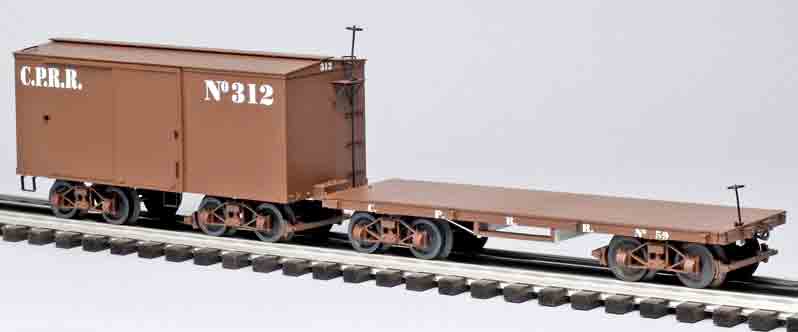

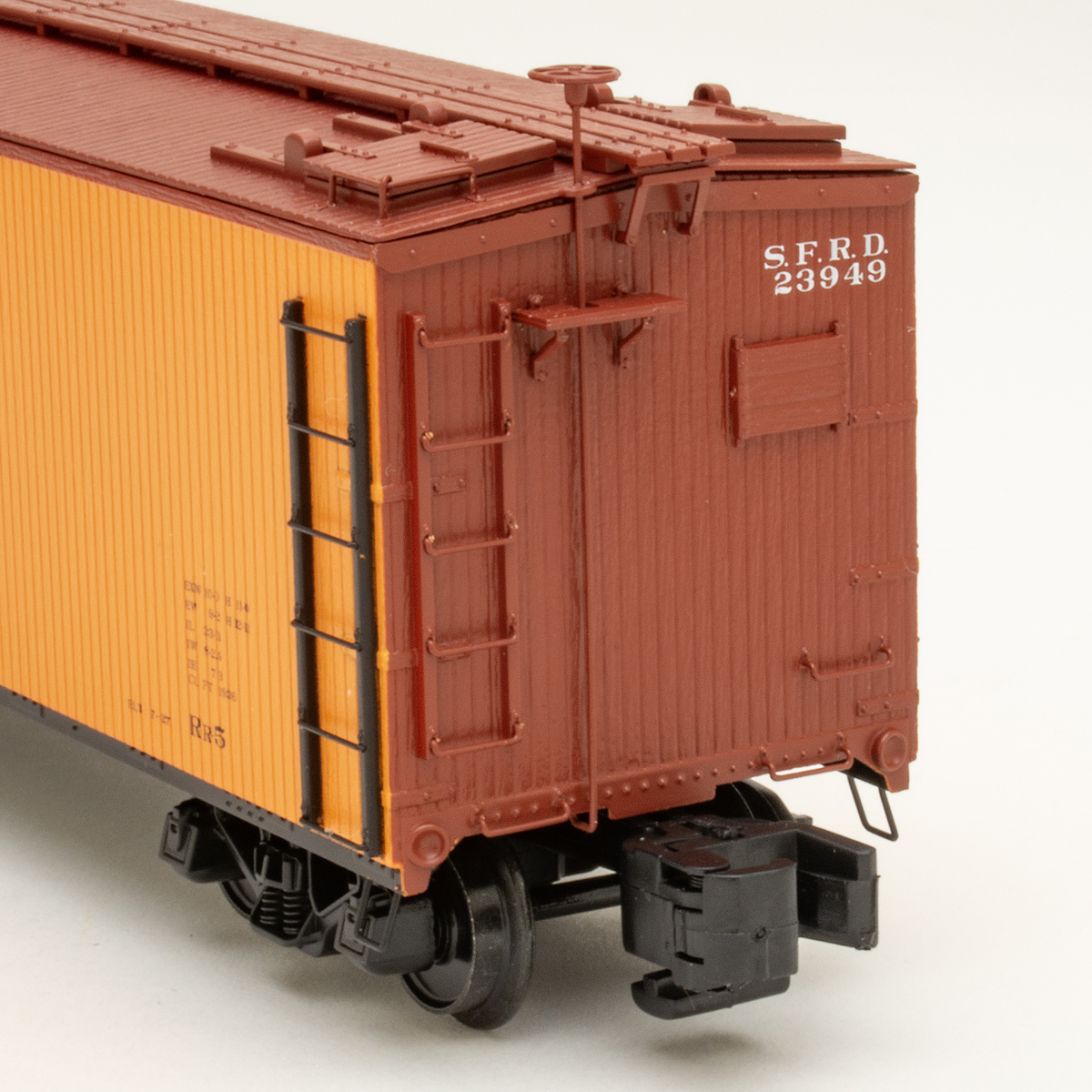
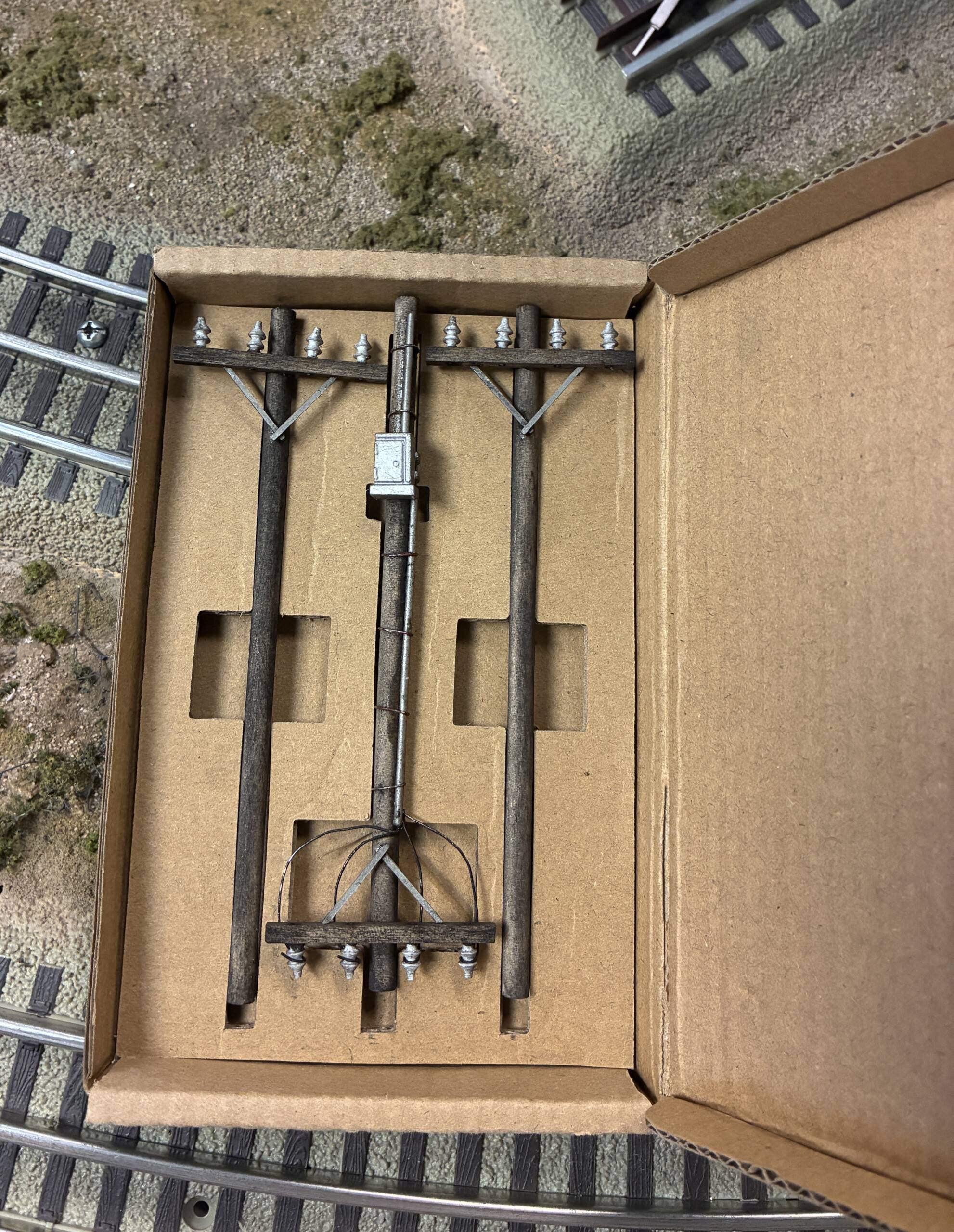
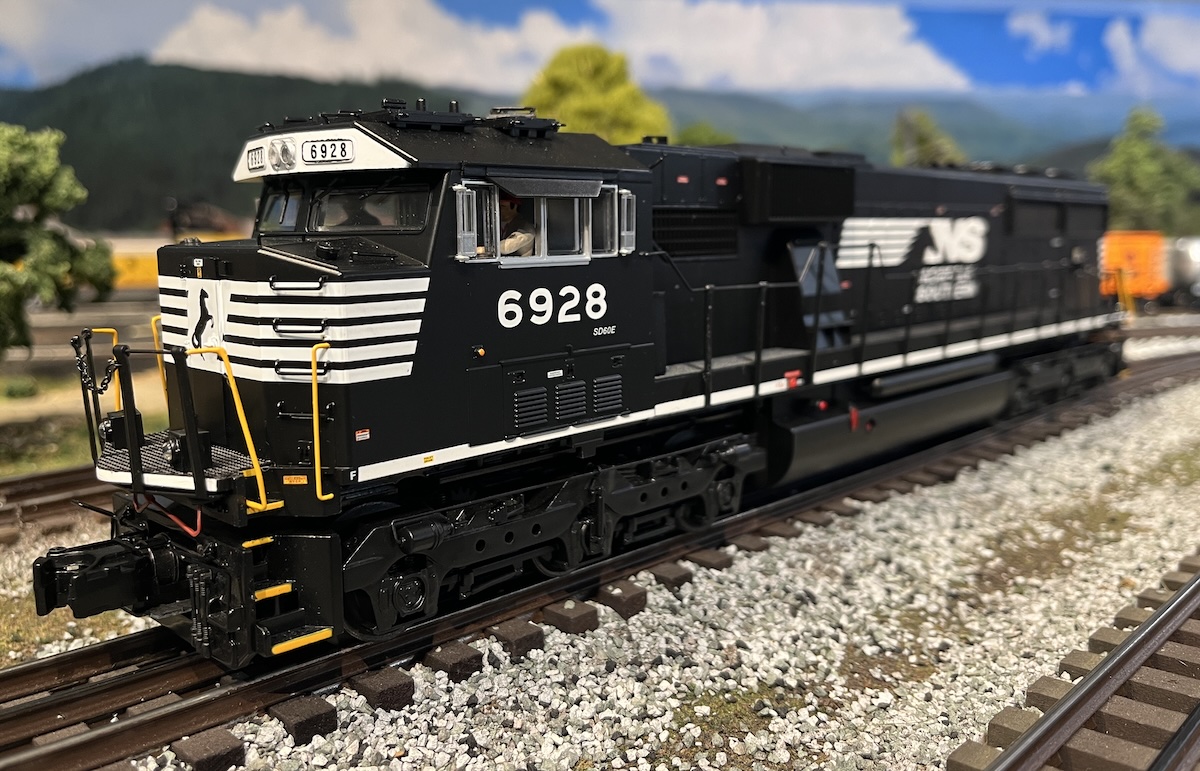
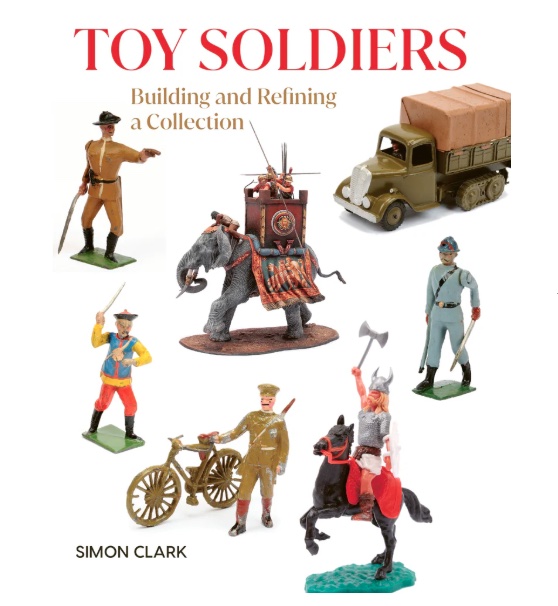




A bit pricey!
Nice engine and rolling stock but really what's with the price? Almost $300, for rolling stock? OUCH!